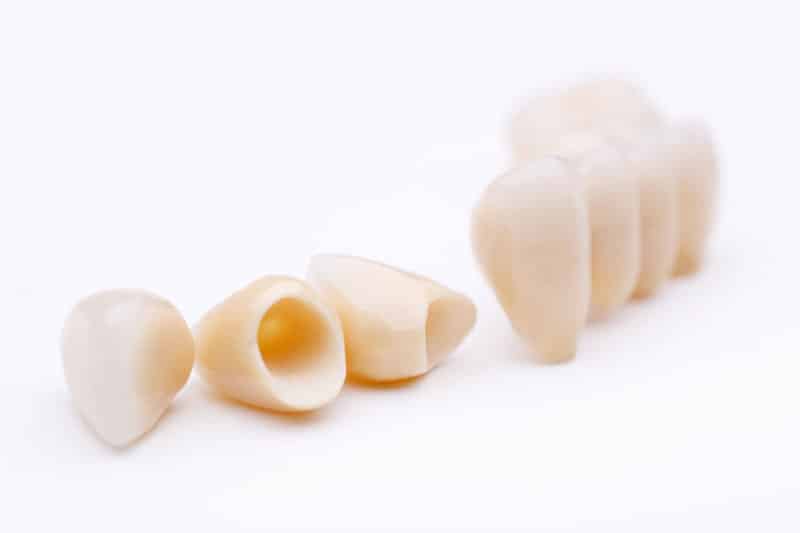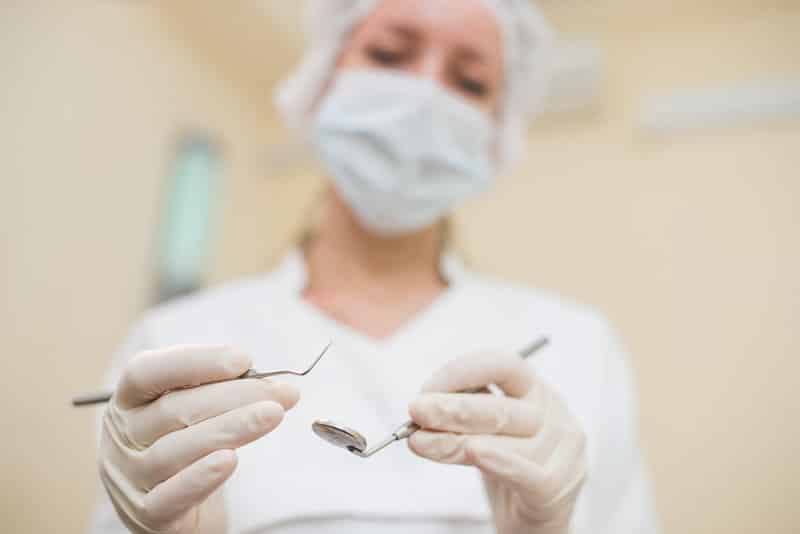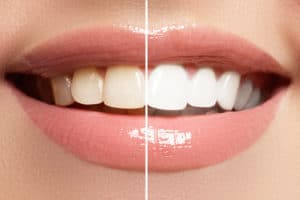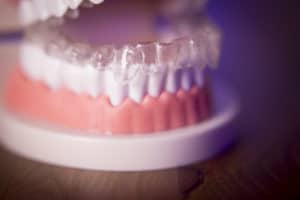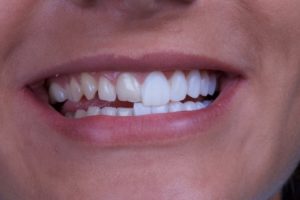Dental Implants for Missing Teeth
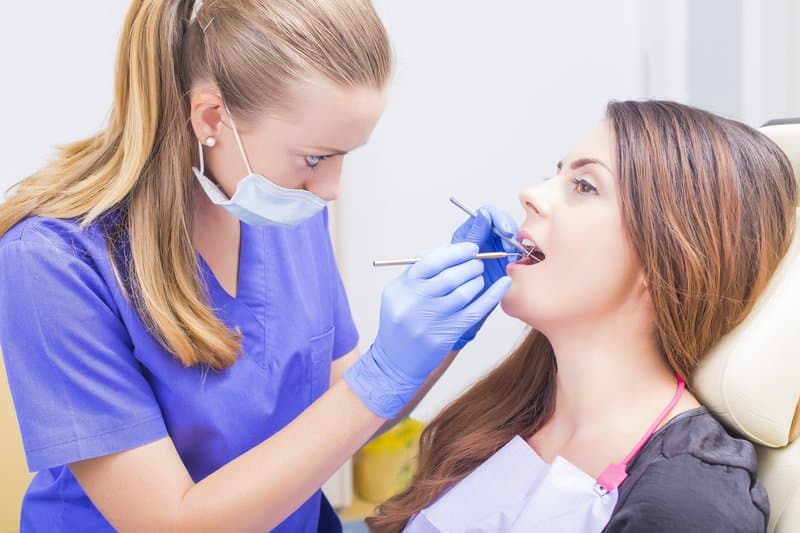
Do you have missing teeth? If so, you’re not alone! It’s estimated that about 178 million Americans have or have had a missing tooth. Millions of people are missing all of their teeth. However, you don’t have to live life without a full set of pearly whites! Dental implants are a restorative-dentistry option that allow patients to replace missing teeth with ones that look, feel and perform like natural teeth. If you are missing a tooth, restore your smile today with a long-lasting dental implant!
Missing Teeth Is Quite Common
If you’ve lost a tooth, you might think you are the only one. However, studies show that millions have lost teeth. Studies estimate that about 178 million Americans have or have had a missing tooth. There are also over 36 million people that are missing all of their teeth in the United States. The American Dental Association reports that the average adult between the ages of 20 and 64 has at least 3 or more decayed or missing teeth. Some people do not even realize that the decay is happening.
Most tooth decay happens because of poor dental hygiene habits. The ADA recommends brushing the teeth at least twice a day, if not more. Patients should floss the teeth every single day as well to keep the teeth free of decay-causing plaque. Plaque is a mixture of bacteria in the mouth and the sugars you eat. This substance sits on the teeth after every meal and works to erode the tooth enamel. When that plaque is not brushed away often, it decays the tooth. The best way to avoid tooth decay that can lead to tooth loss is to keep up on oral habits every single day. There are other ways that a patient can lose a tooth.
How Does a Missing Tooth Happen?
There are many unique cases for many patients. Sports accidents or injuries can cause a patient to lose a tooth. If this happens, always seek medical treatment as well as our office so that both your smile and your health is intact. For many patients, their tooth loss is often a consequence of tooth decay (as we mentioned) or periodontal disease. You may know periodontal disease as gum disease. You may also know tooth decay as cavities. Millions of patients have cavities and gum disease. In fact, tooth decay is one of the most prevalent chronic diseases in both children and adults.
Tooth decay can severely damage a tooth if left unchecked. If there is too much damage, a root canal treatment to clean the decay will not be effective enough to save the tooth. Your dentist can help monitor the presence of cavities and help prevent them from becoming serious.
What About Gum Disease?
The Centers for Disease Control and Prevention (CDC) estimate that around 64.7 million American adults have gum disease in either mild, moderate or severe forms. That figure only includes American adults and does not take into account children, who can also get the disease. 8.7% of patients with gum disease have mild periodontitis. 30% have moderate gum disease, and 8.5% have severe gum disease.
Gum disease is also a consequence of not practicing oral hygiene habits enough. Plaque erodes tooth enamel, but it also attacks and irritates the gums. When the gums are irritated, they become more red, swollen and start to recede. In severe stages of gum recession, the gums recede enough that the teeth begin to fall out due to weakened bone and gum support. Gum disease is one of the main reasons a patient will lose a tooth.
Restore Your Smile with Dental Implants
If you’re missing a tooth, your situation doesn’t have to stay that way. Modern technology allows us to restore your smile with dental implants. Dental implants are a restorative dentistry option that allows patients to replace missing teeth with ones that look, feel, and perform like natural teeth. If you’ve been faced with periodontal disease, dental implants are still an option to rehabilitate your smile when other options are not available. A dental implant is the closest option for a tooth that looks and feels like your natural teeth.
At your appointment, we prepare your mouth with a metal post. We install this metal post in your jaw and allow it proper time to heal. At your second appointment, we attach a custom-made tooth that we secure into place. Dental implants can last between 10-20 years depending on how well they are cared for. They are the perfect choice to replace a missing tooth and keep your smile for years.
A Better Smile
An implant is meant to restore one tooth that is missing. If there are more than one teeth missing, we would direct you towards a dental bridge, which is similar to dental implants, but restore several teeth in a row connected to one another. Whether you are missing one tooth or more, we recommend that you consider a dental implant for your smile. You don’t have to live with missing teeth. If you have one, call Dr. Ania’s office at 303-443-0998 to restore your smile today!


